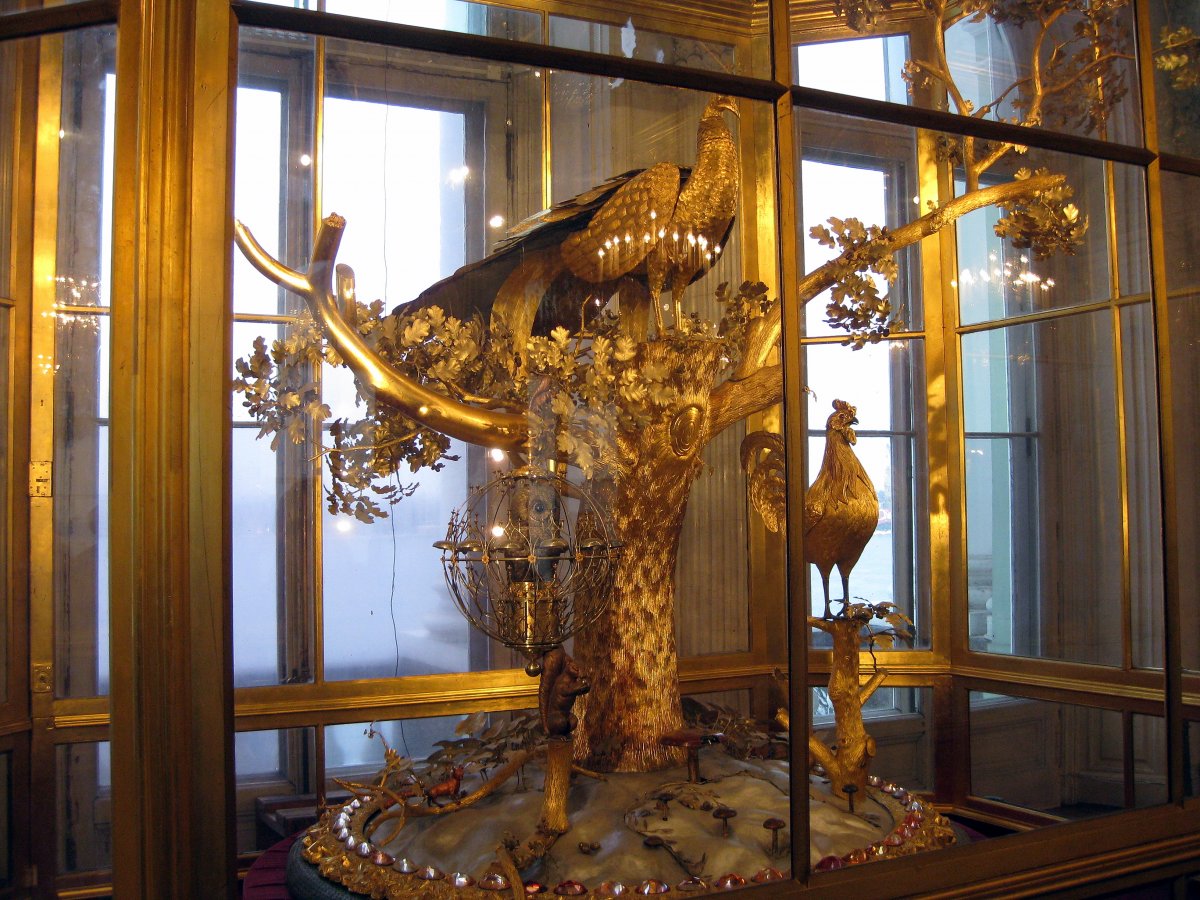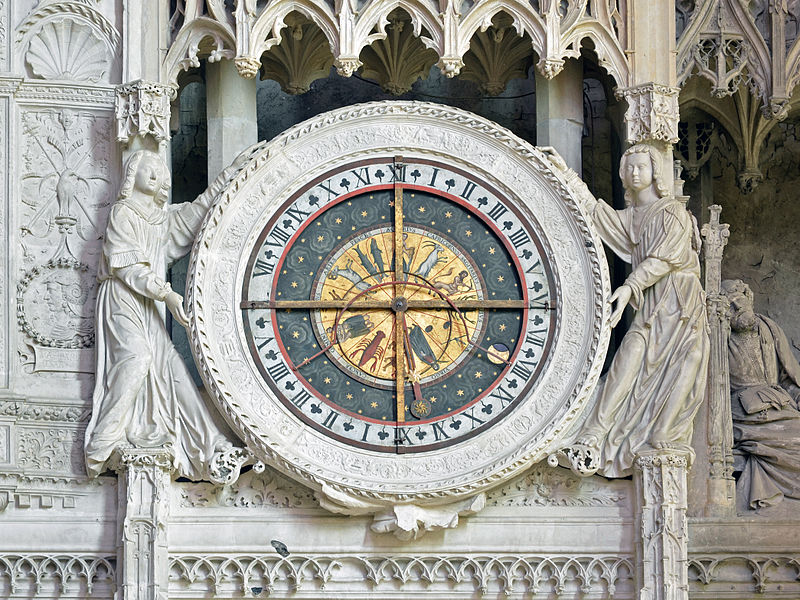It might surprise you to learn that there was considerable mechanical innovation in the medieval period. These medieval machines included mechanical water and steam powered clocks, mechanical knights and archers, bronze heads that revealed the future, and automated gardens complete with metallic singing birds. In this book, E.R. Truitt skillfully sheds light on automated machines or “automata” of this era.
Truitt argues that medieval European and Asian “robots” constructed between the 9th and 15th century were particularly important because they inspired early modern understandings of the natural world, its laws, and the relationship between man, art, and nature. When Truitt writes “the medieval period is central to understanding the cultural associations of modern robots,” she is ultimately arguing that the idea of creating machines that interacted with nature, mirrored nature, and even defined the natural and artificial (or boundary between God/sacred and mortal mechanic/artificer) came firmly from the medieval experience with automata. Truitt argues: “The long history of medieval automata demonstrates also that the turn toward mechanism—to using mechanical models to explain and understand the body, the universe, and the laws that govern both—which is usually taken as one of the hallmarks of modernity of 17th century natural philosophy, stretches back to antiquity.”
 |
| The peacock clock is an automaton that dates to 1777. It is photographed here at the State Hermitage Museum in Russia. |
The strength of Truitt’s work, however, goes far deeper than its modern implications as she demonstrates the transnational transfer of automata between the Latin Christian West, the Islamic world and Byzantine and Mongol empires. Throughout the medieval period the Latin Christian West invested little energy in creating its own automata but viewed foreign automata as coming from lands “rich in flamboyant excesses of nature, unimaginable wealth…and access to ancient knowledge and magical objects; these lands are populated with clever, talented, devious people.” For the Christian West, knowledge of automata in the medieval period was associated with knowledge of the natural world—but also with demons and demonic influence. Thus, Latins had to overcome fears both sacred (in terms of dark or demonic magic) and secular (the association of automata with foreign courts) in order to integrate automata into their own societies by the mid-15th century.
Truitt focuses on two additional themes in her work. First, she argues that automata were “important liminal objects” that helped identify the difference between good and evil, living and dead, and proper or boorish behavior. Here she argues that medieval automata blurred lines between these dichotomies and revealed a certain hybridity—intricately embalmed, preserved, and gilded corpses stood in a milieu in-between death and life, metallic birds and gardens embodied a type of mechanical nature or blending of human art and artifice with the perfection of nature.
 |
| This is the third Strasbourg astronomical clock which is located in the Notre-Dame Cathedral and was built in 1843, the first clock was built 1352-1354. |
Second, Truitt argues that medieval automata complicated the natural/artificial binary that was previously understood to exist in medieval times. For example, she points to mechanical monkeys and animals that were artificially built—but designed to appear as if alive. This aligns with her first point of blurred dichotomies and demonstrates a medieval fascination over what exactly constituted life—and what were the necessary components of nature versus artifice.
Truitt’s work has major implications for those interested in the history of technology. It roots many of our debates over the relationship between technology and nature firmly in the medieval period. Overall this is an incredible piece of scholarship that should interest scholars of modern history, history of environment and tech, and antiquity alike. It features 37 beautiful full color photos in the middle of the book which adroitly illuminates many of the automata Truitt mentions, and offers something for the enthusiast, student, and dedicated scholar.
